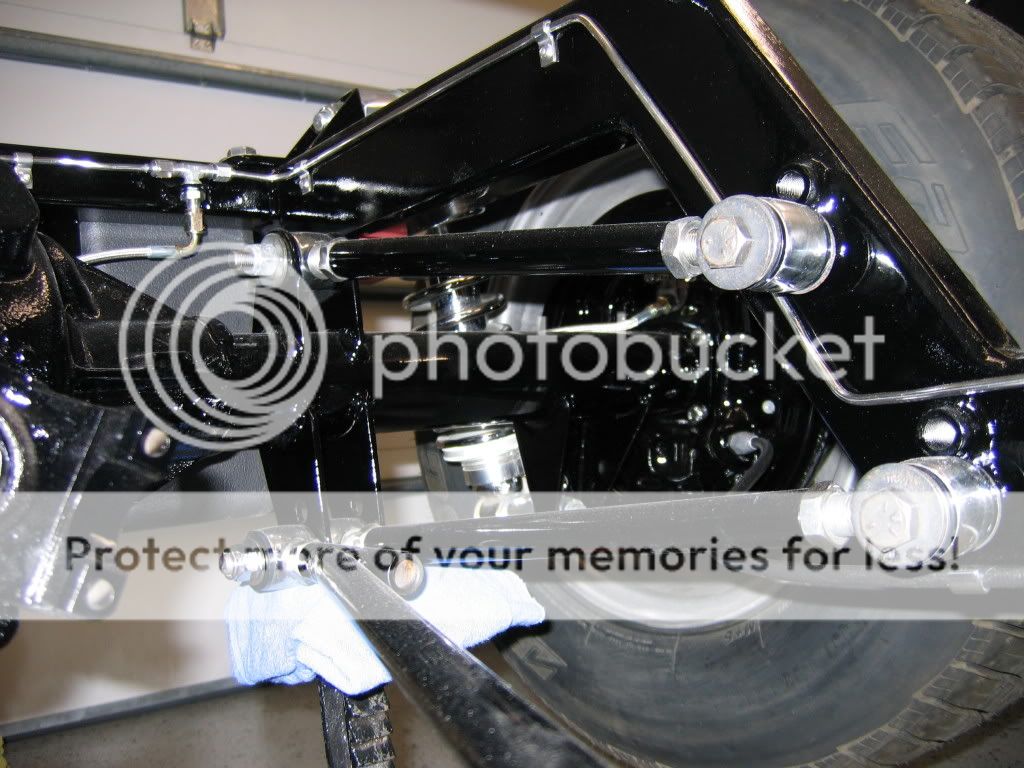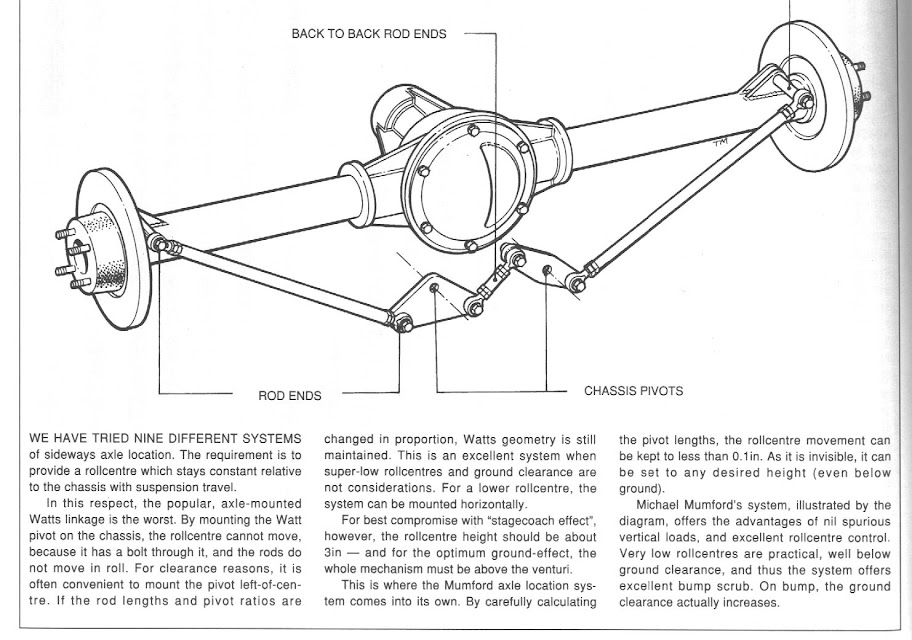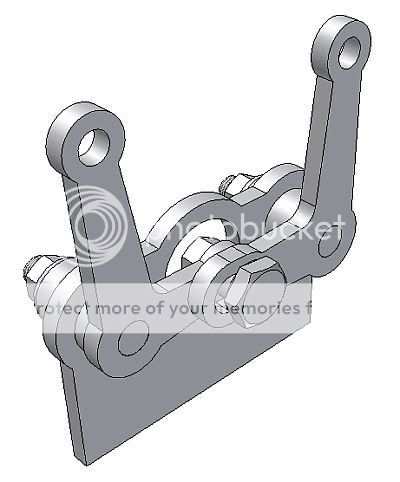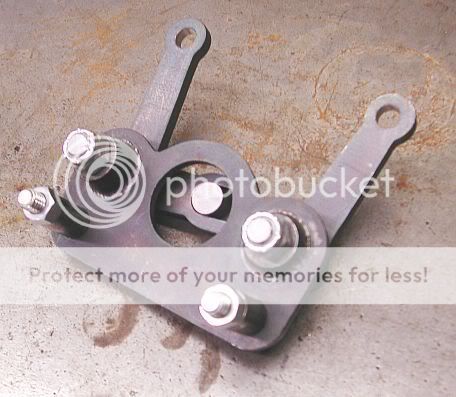With the frame being as low as I hope (6" off the ground), the radius rods are going to have to be located as far out and down as possible to clear the body. The radius rods I'm familiar with are the hairpin and one-straight/one-curved bar styles. Both styles have serious limitations on how low they can be mounted without running into ground clearance issues
Would there be a problem using a two straight bar configuration similar to ladder bars? My thought is that this configuration would allow the forward mounting point to be lowered, giving more body clearance without running into ground clearance problems.
Another configuration I'm wondering about would be to invert the one straight bar style radius rod, putting the straight bar on the bottom, again allowing the forward mounting point to be mounted lower. Any problems with this?
How close to the brake back plates can the radius rod brackets be located? Right now it's looking like I'm going to need them 48" or more apart, on an Explorer 8.8 axle that is 59.5" between wheel mounting surfaces.
Regardless of what style rods I use, I'm going to need some kind of an outrigger setup to get the forward mounting points out from under the body. I'm figuring abut 4.5" out from the frame. Any ideas on how to accomplish that?
Does anyone have pics of other low frame radius rod set ups?
Would there be a problem using a two straight bar configuration similar to ladder bars? My thought is that this configuration would allow the forward mounting point to be lowered, giving more body clearance without running into ground clearance problems.
Another configuration I'm wondering about would be to invert the one straight bar style radius rod, putting the straight bar on the bottom, again allowing the forward mounting point to be mounted lower. Any problems with this?
How close to the brake back plates can the radius rod brackets be located? Right now it's looking like I'm going to need them 48" or more apart, on an Explorer 8.8 axle that is 59.5" between wheel mounting surfaces.
Regardless of what style rods I use, I'm going to need some kind of an outrigger setup to get the forward mounting points out from under the body. I'm figuring abut 4.5" out from the frame. Any ideas on how to accomplish that?
Does anyone have pics of other low frame radius rod set ups?








